|
|
|
|
|
|
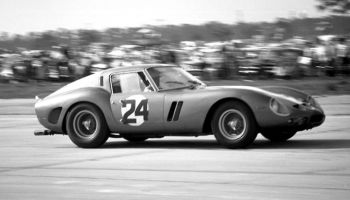
|
|
|
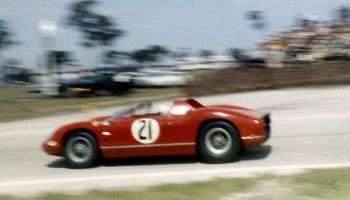
|
|
Mauro
Forghieri was appointed as Chief Engineer at Ferrari at the age of 25, in
November 1961, taking over the development of the 250 GTO from Giotto
Bizzarrini. Seen here at its debut run in Sebring in 1962, Phil Hill and
Olivier Gendebien drove the GTO to a 2nd place overall, winning the GT
class. |
|
|
The
Ferrari 330 P was a revolutionary mid-engine design, and allowed Ferrari
to win the 1963 Le Mans. This achievement is of historical significance,
as it was the first time that a mid-engined car had won Le Mans. The car
was also successfully trialled in other events, including the the 12-Hours
of Sebring, in 1964, as captured in the photograph above. |
| |
|
|
|
|
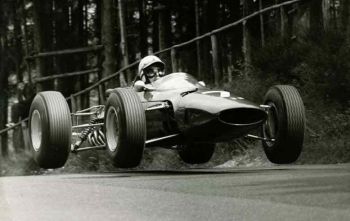
|
|
|
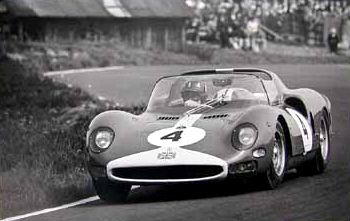
|
|
The
first Ferrari to feature the famous Forghieri flat-twelve engine was the
1.5 litre 1512, which hit the tracks late in the 1964 season. The
low centre of gravity significantly improved handling characteristics.
Unfortunanely, the 1.5 litre engine suffered from a lack of mid-range torque. |
|
|
Another
succesfull Forghieri creation was the 275 P2. Ferrari took first
place in the 1965 Targa Florio with the 275 P2, driven by Nino Vaccarella,
despite heavy competition from Porsche. Above, Graham Hill hammers a
275 P2 around the Nürburgring in 1965. |
| |
|
|
|
|
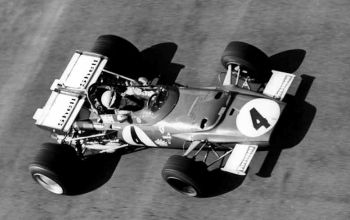
|
|
|
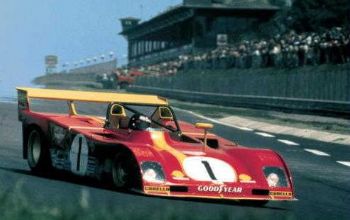
|
|
The
1970 F1 season saw the 312 B, which featured Forghieri's 3.0 litre
flat-twelve. With the 312 B, Jackie Ickx won 3 grand prix, whilst
Ragazzoni won the home race at Monza. |
|
|
Similar
in construction to the period F1 cars, the 312 P, commonly referred to as
PB, featured an aluminium semi-monocoque.The engine and
rear suspension were attached to a steel frame which was bolted on the
aluminum tub. |
|
|
|
|
|
|
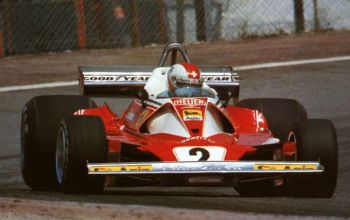
|
|
|
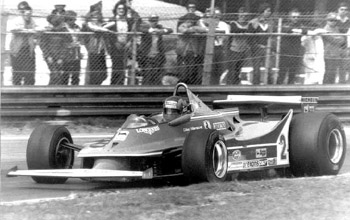
|
|
At the end
of the 1974 season, work started on an all new F1 car, with a focus of
compactness. Weight distribution was favoured by a transverse
gearbox, and the car was subsequently named 312 T. Forghieri had
fully redesigned his flat-twelve engine, with the new unit pushing out 485
bhp. Pictured
above is the 312 T2. |
|
|
The 312 T
evolved 5 times, with the 1980 312 T5, pictured above, being the last of
the flat-twelve engined Ferrari F1 cars. Of noticeable success was
the 1979 312 T4, with which Ferrari obtained 1st and 2nd place in the
championship.
|
|
|
|
|
|
|
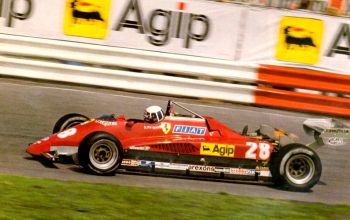
|
|
|
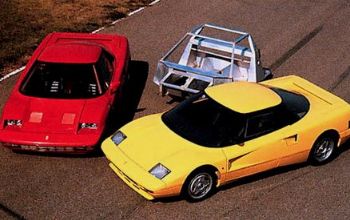
|
|
In 1981,
Ferrari hired british designer Harvey Postlethwaite to work alongside
Forghieri. The two collaborated in the design of the 126. The
1982 126 C2 was a child of the turbocharged F1 era, featuring a small
twin-turbo 1.5 litre flat-six, which boasted 540 bhp. |
|
|
In 1985,
Forghieri was appointed director of Ferrari's "progetti
avanzati" office. It was here where Forghieri developed the Ferrari
408 RM4 with experimental all-wheel-drive, which was presented alongside
the F40 in 1987. These were the last two cars to be presented by
Ferrari whilst Enzo Ferrari was alive.
|
|
|
|
|
|
|
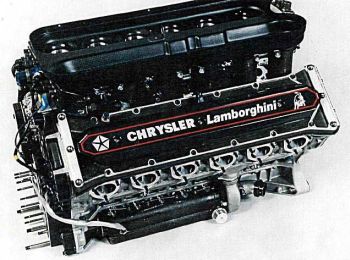
|
|
|
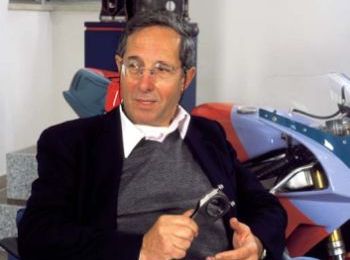
|
|
After leaving
Ferrari in May 1987, Forghieri became technical director of Lamborghini
Engineering. Here Forghieri designed a new normally-aspirated V12 for
the 1989 F1. Fitted to a Larousse, the engine showed great potential.
So much so that a deal was struck for Lamborghini Engineering to supply a
car and engine to Mexican businessman Fernando Gonzalez Luna in 1991, who
eventually disappeared with $20 million, forcing the team to
collapse.
|
|
|
After a brief
period as technical director of Modena Team, Forghierri returned to
Lamborghini Engineering. By the end of 1992, after designing an
electric minivan for Enel, Forghieri joined Bugatti as technical director.
He remained here until the end of 1994, when he joined Oral Engineering in
Modena where he has remained to date. With the technical skills that
Forghieri has accumulated over his fascinating life-time, he is now working
on the sublime MF1 supercar.
|